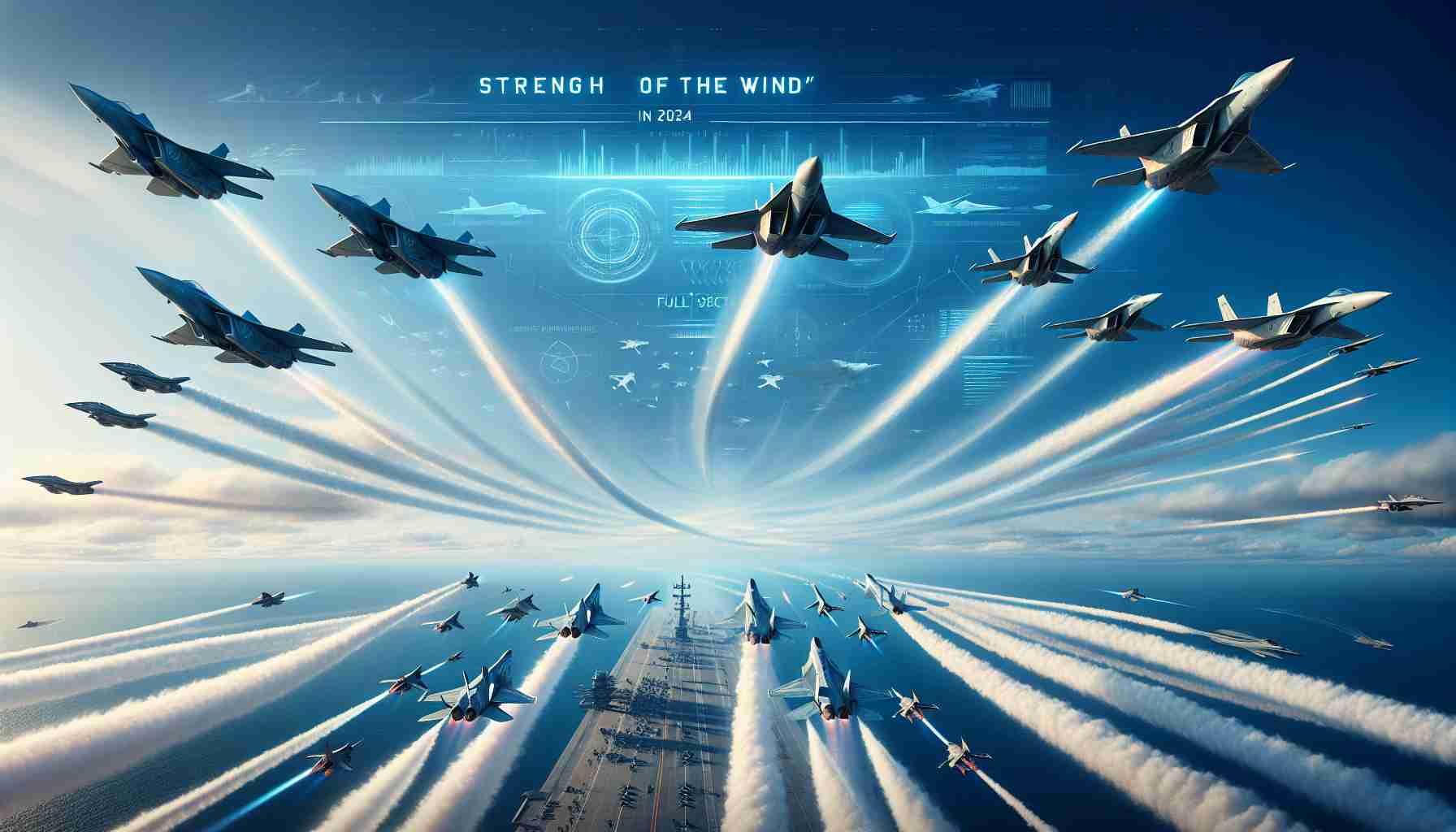
Pic Courtesy: Internet
Five years back on 14 Feb 2019, I was in Jaisalmer to review the preparations for Exercise Vayu Shakti 2019, when a terrorist attack took place at Pulwama. On 26 Feb 2019, IAF struck Jaish-e-Mohammed’s (JeM) biggest camp in Pakistan. During the twelve days, while the preparation and coordination were in progress the IAF carried out business as usual. Even the exercise Vayu Shakti went through as planned.
On 02 FEB 2024, the Press Information Bureau has posted:-
The Indian Air Force will be conducting Exercise Vayu Shakti-24 on 17 February 2024 at the Pokhran Air to Ground Range, near Jaisalmer. The last edition of exercise Vayu Shakti was held on 16 February 2019. As always, Ex Vayu Shakti will be a riveting demonstration of the offensive and defensive capabilities of the IAF, spanning across day and night. The exercise will also showcase joint operations with the Indian Army.
Vayu Shakti.
- It is a triennial exercise. Last it took place in 2019. The next edition was planned in 2022 however, it did not take place in 2022 due to the prevailing geo-political situation (including the intensified Russia-Ukraine conflict).
- The theme of air power exercise Vayu Shakti 2024 is “Thunderbolt Strike from the Sky” (Nabhas Vajra Prahar).
- The duration of the exercise is about 2 hours and 15 minutes during the day, at dusk and night.
- 40-50 tonnes of ordnance is dropped in a two-kilometer radius in two hours.
- It also include demonstrations of surface-to-air, Air To Air and Air-To Ground weapons.
Purpose of Demonstration
- The exercise is more than just a demonstration of air power.
- It demonstrates IAF’s full spectrum capability of combat and fire capabilities in a near-realistic scenario.
- It also demonstrates IAF’s capability to deliver weapons with long-range, precision capability as well as conventional weapons accurately, on time and with devastating effect, while operating from multiple air bases.
- It is a reaffirmation of the nation’s commitment to peace and security, showcasing an integrated defence force ready to protect its sovereignty against all odds.
Participating Aircraft.
- This year, the exercise will see participation by 120 plus aircraft (77 fighter planes, 41 helicopters and five combat support aircraft).
- These will include the Rafale, Mirage-2000, LCA Tejas, Sukhoi-30 MKI, MiG-29s Jaguar, Hawk, C-130J, Chinook, Apache, Prachand and Dhruv and Mi-17.
Indigenous Content
- The exercise will showcase India’s growing self-reliance in air defence technology, underscoring the IAF’s commitment to integrating home-grown technologies into its operational framework.
- The indigenous LCA Tejas, Prachand attack helicopters and ALH Dhruv will be taking part.
- The indigenous LCA Tejas fighter jet will fire air-to-air missile R-73.
- Indigenous Surface to Air Weapon systems Akash and Samar will demonstrate their capability to track and shoot down an intruding aircraft.
- Indigenous Rudra helicopters of the Army will also be firing.
First Time Debut.
- Rafale fighter jet will showcase its power while firing MICA missiles during the exercise.
- Chinook heavy-lift helicopters, Apache attack helicopters and indigenous Prachand helicopters will be taking part for the first time in the exercise.
Surface Forces.
- Special operations by the IAF transport and helicopter fleets, involving the Garuds and Indian Army elements will also be on display.
- Rudra helicopters of the Indian Army will fire weapons during the exercise.
- Chinook helicopters will display their ability to airlift the army’s M777 ultra-light howitzers as underslung loads for swift deployment.
Conduct of the Exercise
- The exercise area is under the South Western Air Command (SWAC) of the IAF. The exercise will be coordinated by SWAC, IAF.
- Aircraft will be launched from bases in Jodhpur, Jaisalmer, Phalodi, Nal, Uttarlai, and also Hindon and Agra. Other bases all over India will also be active.
- The exercise will be conducted in a networked environment under IAF’s integrated air command and control system (IACCS).
- The exercise will be supported by Combat support aircraft, AWACS. AEW&C, UAVs, Air-to-air refuelling aircraft etc.
- The President, Prime minister and Defence minister of India are invited for the exercise. Other ministers, politicians and bureaucrats are also invited. The event is open to observation by international dignitaries (Defence Attaches) and media. Military personnel of the three services and student officers undergoing professional courses at the defence institutions also witness the event. The event during full dress rehearsal day is also open to the general public and school children.
Past
- The first firepower demonstration exercise was done way back in 1954 at the Tipat range in Haryana. The exercise was conducted there till 1989.
- Thereafter, it was moved to Pokharan because of the logistical needs, restrictions and increased bird activity at Tilpat.
Ex Vayu Shakti 2019
- The last edition of exercise Vayu Shakti was held on February 16, 2019.
- IAF demonstrated its capability to hit hard, hit fast and hit with precision.
- The attacking aircraft targeted and destroyed simulated enemy sites including ammunition dumps, bridges and command posts with a variety of missiles, precision-guided munitions, bombs and rockets.
I felt privileged to be associated with the ex Vayu Shakti 2019 (besides Balakot Strikes) just before my retirement on 30 Apr 2019.
To Know more about the exercise, please watch the curtain raiser for the 2019 exercise (Please click on the link below)
Suggestions and value additions are most welcome
For regular updates, please register here
References and credits
To all the online sites and channels.
Disclaimer:
Information and data included in the blog are for educational & non-commercial purposes only and have been carefully adapted, excerpted, or edited from sources deemed reliable and accurate. All copyrighted material belongs to respective owners and is provided only for purposes of wider dissemination.


